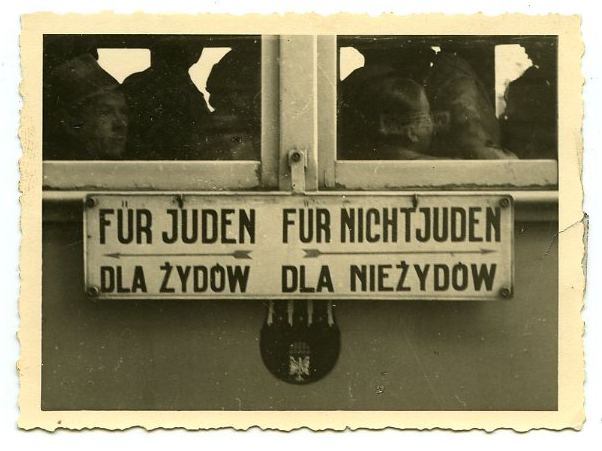April 3rd, 2017–
Adolf Hitler became chancellor of Germany on January 30, 1933. On April 7, 1933, he enacted his first piece of anti-Jewish legislation. From 1933 to 1939, Hitler passed over 400 laws that impacted the rights, opportunities, and lives of Jews in Europe. Within the first few years of his rule, Hitler passed legislation that sought to remove Jews from public life in Germany. These laws contained Aryan paragraphs, clauses that excluded non-Aryans from participating in organizations, certain professions, and other aspects of public life. Although Aryan paragraphs had been included in the bylaws of German organizations and parties since the 1890s, the Nazi party incorporated them into state policy.
The first piece of anti-Jewish legislation passed by Hitler, the Law for the Restoration of Professional Civil Service, was also the first law to include an Aryan paragraph. This law excluded Jews from civil service, and required civil servants to prove their Aryan descent in order to retain their jobs. From 1933 to 1934 Hitler passed laws that prevented the admission of non-Aryans to the bar; limited the number of Jewish students allowed to enter and study in public schools; restricted Jewish participation in law, medicine, tax consultation, agriculture and entertainment; allowed the government to revoke citizenship from “undesirable” citizens; and banned Jews from serving as editors. During this time, local governments also began issuing regulations that restricted Jewish life, like bans on slaughtering animals in accordance with Jewish law.
This photograph reflects the social and physical segregation imposed on Jews through Hitler’s legislation. The photograph, taken and donated by liberator Thomas A. Ligon, shows a sign on the side of a segregated train car. The sign, which has arrows to designate different sections of the car, translates to, “For Jews” and “For non-Jews,” a designation that became the basis for increasingly severe anti-Jewish legislation passed after 1934.
Click here to view other objects in our collection online!

